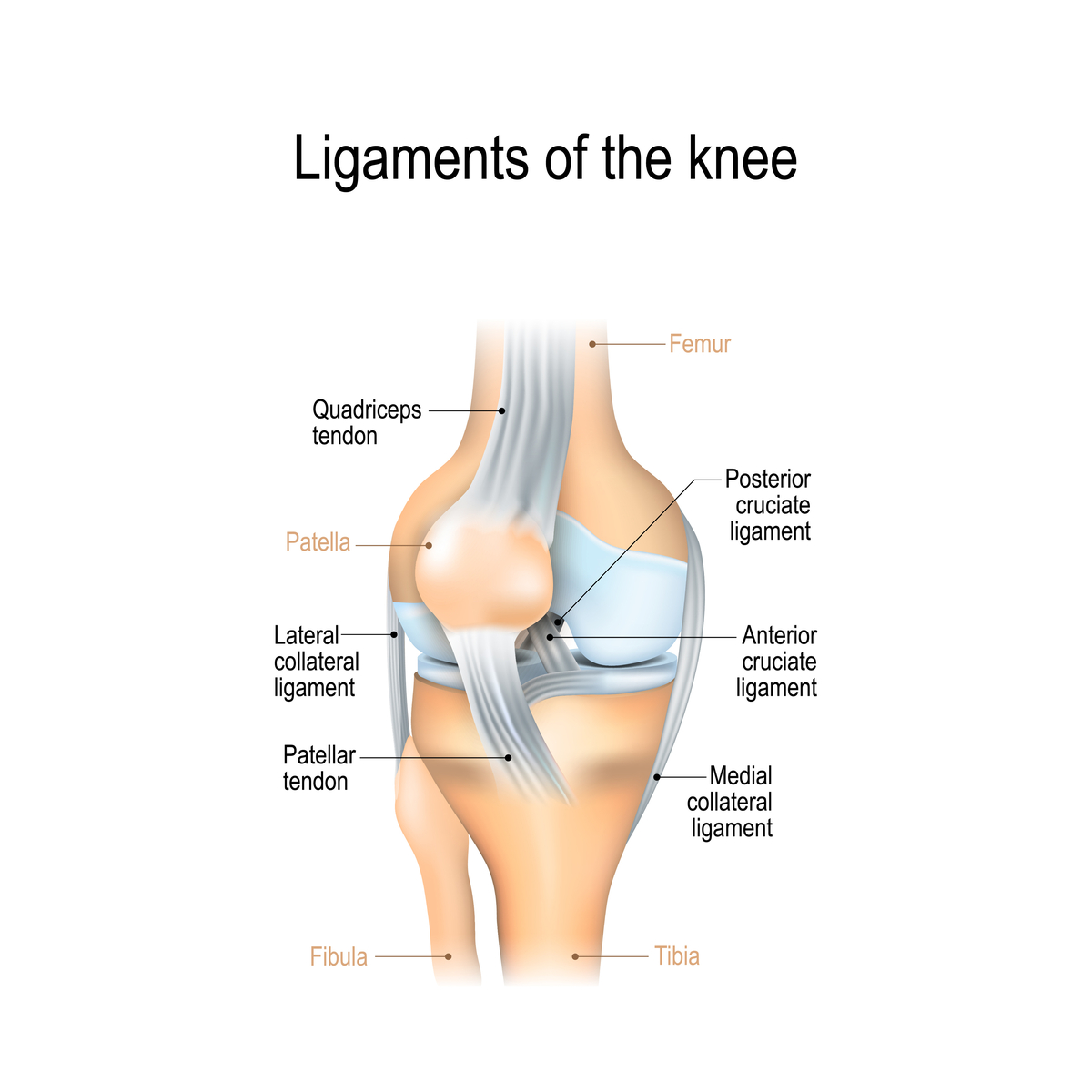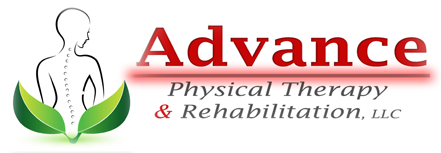
16 Feb What Speeds Ligament Repair and Gets You Back to Full Strength Quickly?
Suffering a sprain may leave you feeling helpless, forcing you to slow down when all you want to do is to keep going. As any healthcare provider can attest, ligament repair takes time, and rushing your recovery may cause further harm.
The team at Advance Physical Therapy & Rehabilitation, INC. assists by selecting the best treatments for your knee ligament injury. They’ll speed the healing process naturally and safely. Learn more about the treatments we offer.
What are the Primary Categories of Ligaments?
Collateral Ligaments
These provide lateral and medial stability to the joints. They include:
- Inner Knee lateral collateral ligament
- Bone medial collateral ligament MCL
- Lateral collateral ligament LCL
- Shin bone medial collateral
Cruciate Ligaments
The cruciate ligaments make knee movement possible and connect the patella to the tibia and femur. They fall under the headings of anterior cruciate ligament ACL and posterior cruciate ligament PCL.
Injuring the knee ligament is relatively easy; all it takes is the incorrect placement of your ankle and a poorly timed pivot turn or twist. This type of ligament injury creates excruciating pain in the knee joint and side of the knee.
A knee ligament tear may need surgery for repair or result in an extended recovery period.
First-Aid for Ligament Injuries
With ligament injuries or a tendon injury, it’s best to schedule an appointment as soon as possible. In the meantime, use the R.I.C.E. method:
- Rest the injured area: Keep your weight off the area for the fastest recovery from a ligament injury.
- Ice: Apply an ice pack as soon as possible after the sports injury. Keep the pack in place for 15 to 20 minutes at a time.
- Compress: Compression further reduces swelling and keeps the connective tissue in its proper place.
- Elevate: When possible, lift the sprained or torn ligament above the level of the heart. It’s more difficult with ligaments in the knee, but it will reduce swelling. Brace elevation pain relievers are a common tool for a healthcare provider to use because they’re effective.
The Journey Toward Healing
The R.I.C.E treatment is a temporary fix when you experience pain, limited range, or the inability to pivot turn easily. Without follow-up professional care, the ligaments may take up to two years to heal.
Our team will evaluate the extent of the injury to determine if it’s a torn ligament or strain and whether you’ve also damaged your tendons. They’ll then choose the best course of action.
Active Recovery
Active recovery helps the tissues recover by promoting blood flow. We’ll advise a very slight amount of cardio in short spurts, similar to warming up for exercise without applying undue stress on the tibia or knee ligament.
We’ll prescribe an exercise routine that supports active recovery and speeds knee ligament repair. The exercises improve circulation, ensuring that the area receives sufficient nutrients.
Heat Treatments
Your healthcare provider will suggest heat treatments a day or two after you hurt your knee or ligaments. During the initial stage, however, it is best to apply ice. The heat will increase blood flow, and this can increase inflammation.
Physical Therapy and Sports Medicine
Our team of physical therapists is highly skilled in a range of disciplines and uses their advanced sports medicine knowledge to find the perfect options for your lifestyle and budget.
You will begin your treatments in the offices. Here, the physiotherapist can monitor your form and ensure you’re getting it right. They’ll check that your twisting motion is correct or that your feet stay planted one in front of the other.
When they’re sure you’ve perfected your form, they’ll give you home exercises that promote knee ligament repair.
Your Recovery Diet
Every healthcare provider will tell you to drink more water. Flushing the toxins from your body will help heal everything from a patellar tendon to shin bone posterior cruciate ligament. To work out how much water to drink, divide your body weight by two, giving you the amount, in ounces, you should drink daily.
From a dietary standpoint, consider following a whole-food plan. Stick to nutrient-dense foods that have the vitamins and minerals to repair ligament damage. A good rule of thumb is to avoid any food with more than five ingredients in it.
Steer clear of highly-processed or sugary foods. These foods contain inflammatory agents that may delay the healing of the knee joint and shin bone.
It may also help to add curcumin and Boswellia supplements to your diet.
NormaTec Recovery
NormaTec Recovery Boots may assist in knee ligament repair. The product slips into place, much like pants would, and massages the area. It may be useful where motion is limited, or before or after a workout.
Class IV Laser Therapy
Laser therapy provides instant pain relief and reduces swelling. It’s useful for tendon injuries, ACL injuries, and knee ligament repair because it stimulates healing.
It’s beneficial when a torn ligament severely limits motion. Our team will discuss the full details and why it’s an effective soft tissue injury option before they ask you to sign the consent form.
The Graston Technique
The Graston Technique is gentle, manual treatment. Your healthcare provider uses a set of specialist tools to scrape the skin. They apply enough pressure to affect the body’s soft tissue, but not so much as to cause pain.
This technique is beneficial after knee ligament repair surgery. In these cases, the healthcare provider scrapes the tool along the side of the knee.
Patients should experience pain relief and improved range of motion after one session. The full results, however, become apparent after three or four sessions.
Surgery
Surgery is never the first option for any healthcare provider. However, when the torn knee ligament is severely damaged, it may be the only option.
Our sports medicine experts will discuss whether the injury to your knee ligament involves replacing it.
If surgery is necessary, a tendon graft may come up as the best solution. In a tendon graft, the surgeon replaces the damaged ACL with a healthy tendon. The patient will require rehabilitation therapy and anti-inflammatory medication to help with scar tissue healing.
Speed up ligament repair by scheduling your appointment with Advance Physical Therapy & Rehabilitation, LLC today. Contact Us online or call us at (732) 851-7607 to request an appointment. Our team will find the best treatment for you to encourage faster healing.




Sorry, the comment form is closed at this time.